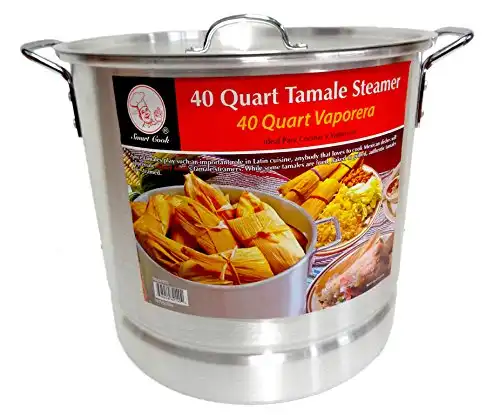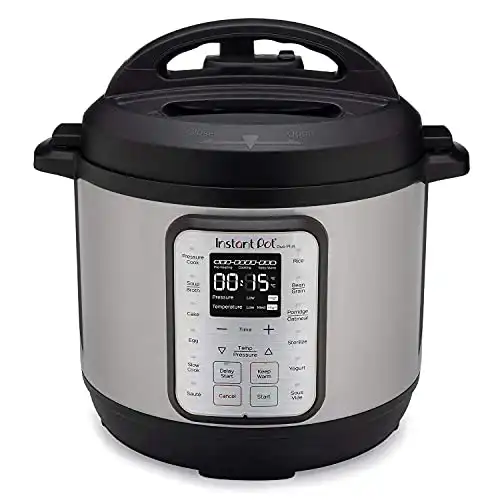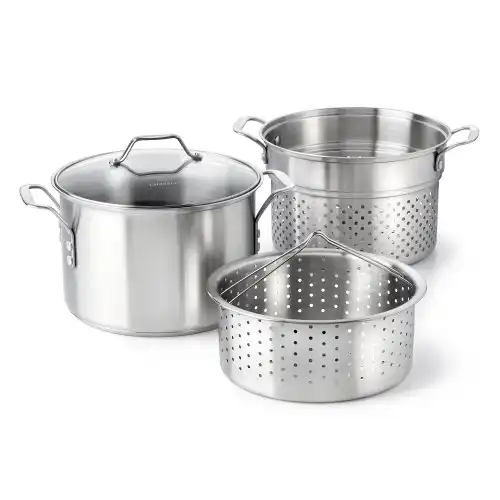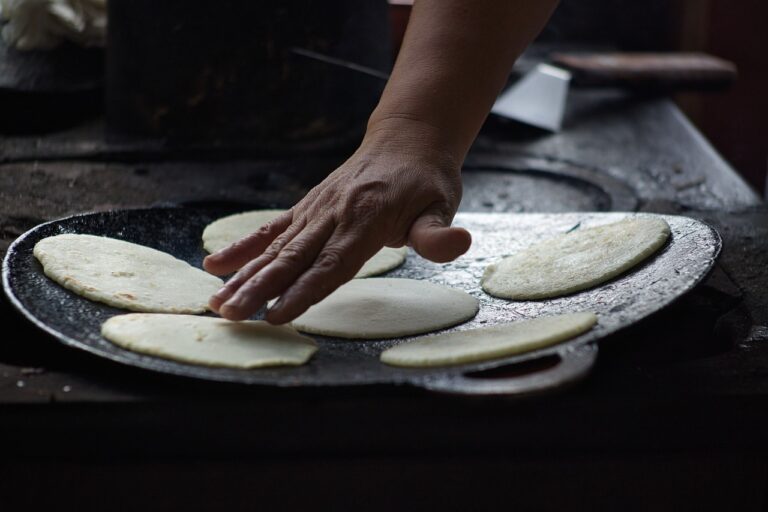3 Tamale Steamer Options for Perfectly Cooked Tamales
Tamales, a beloved Latin American dish with a rich history, can be made using a tamale pot, Instapot with steam function, or a deep stock pot with insert, making them a perfect treat for special occasions.
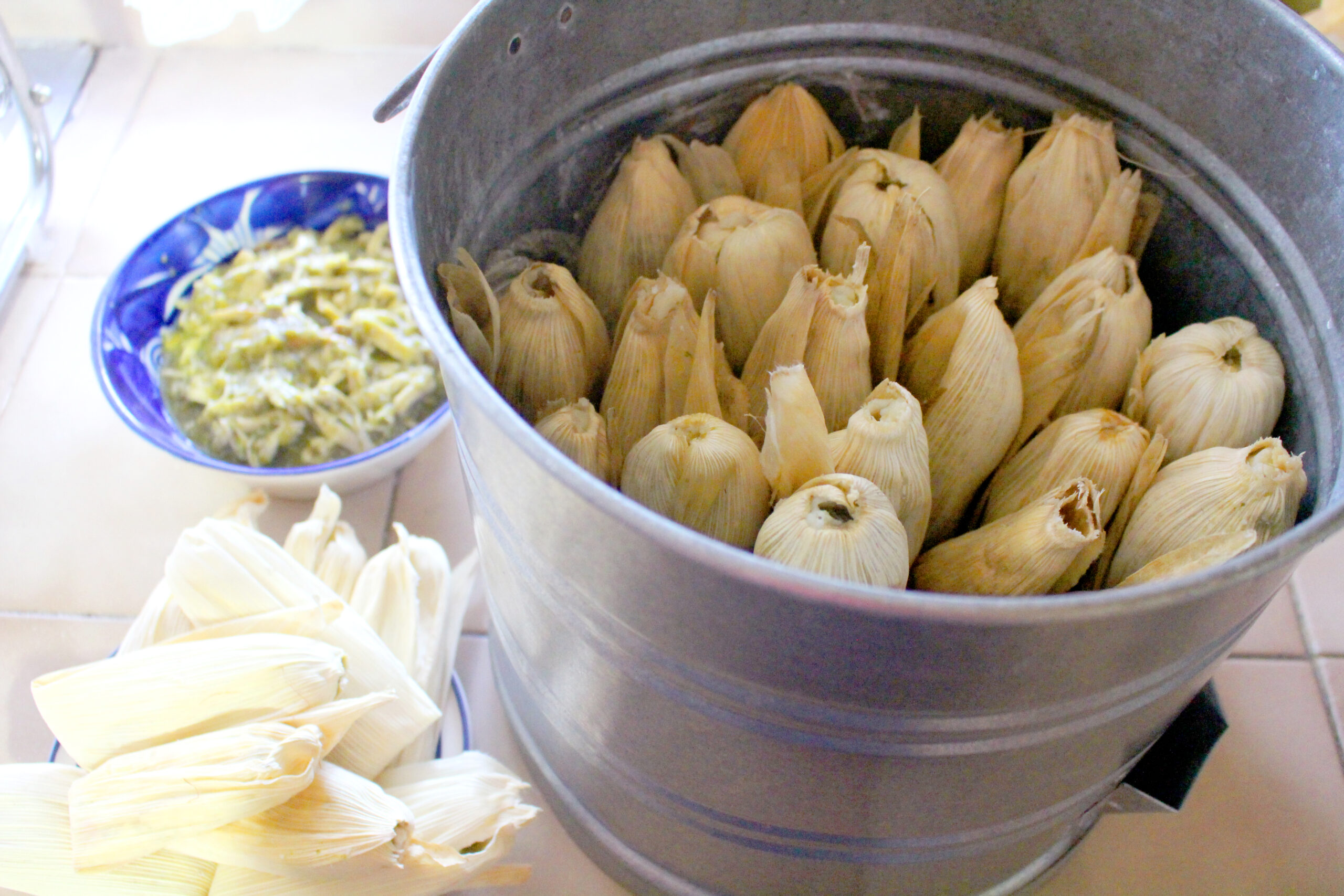
Tamales, beloved for their flavorful fillings and soft corn dough, have a rich history dating back to ancient Mesoamerican civilizations. Despite not being an everyday indulgence for many, they hold a special place among the diverse culinary offerings in the U.S. Evolving from a dietary staple to a revered specialty dish, tamales have carved out a niche alongside other Latin American favorites like fajitas and enchiladas.
Tamale steamers are indispensable tools in the tamale-making process, ensuring these delectable treats are cooked to perfection. The best tamale steamers are crafted from durable materials and feature multiple tiers for efficient steaming, making them highly regarded by tamale enthusiasts.
Here are our favorite options for tamale pots.
Disclosure: As an Amazon Associate, this site earns from qualifying purchases. Thank you!
1. Tamale Steamer Pot
A 40-quart aluminum pot with a steam rack and lid, ideal for cooking tamales, seafood, and vegetables. Features riveted handles for safe handling.
2. Instapot (or similar pressure cooker) with Steam Function and Insert
An electric pressure cooker with versatile functions, including steaming, perfect for preparing a variety of dishes including tamales. Features improved stress-free venting and a food-grade stainless-steel cooking pot.
3. Deep Stock Pot with Steamer Insert
An 8-quart stainless steel stock pot with steamer and pasta insert, suitable for cooking tamales, pasta, and soups. Features impact-bonded aluminum bases for fast, even heating.
Tamales Are Holiday Favorites

Did you know that making and eating tamales is a longstanding and steadfast holiday tradition? Often, groups of people, especially family members, get together in big groups and hold a tamalada, the official name of a holiday gathering, to make dozens of tamales at one time. Part of that reason is due to the process of making tamales. Tamales aren’t necessarily difficult to make, but the process involves multiple steps that can take a lot of time.
During the holidays, when people tend to be home, have more downtime, and are gathered together, the timing is perfect for culinary teams to take on different steps of tamale making and bring everyone together at the end to roll an individual tamale. Tamales are not limited to the winter holidays, of course. These are special occasion meals that also find themselves gracing tables on birthdays and weddings.
Tamales are so good that the dish is a no-brainer for any table on a special occasion. Yet, most people who appreciate them wouldn’t turn them down on any given day.
The Different Types of Tamales
Tamales, originating from Mexico, are found in various forms across Central America, the Caribbean, and South America. Regional variations in ingredients result in diverse fillings, ranging from meat like beef, chicken, and fish to fruits, vegetables, and cheese. These differences reflect the availability of ingredients in each area. Some examples of the types of tamales that originate from different regions in Mesoamerica include:
- Mexico: Mexican tamales exhibit diverse flavors influenced by various regions, offering options from meat-centric fillings in landlocked areas to seafood-infused choices along the coast. Common ingredients include beef, fish, chicken, or pork seasoned with barbacoa, wrapped in either corn husks or plantain leaves.
- Guatemala: Tamales, known as chuchitos and paches, come with distinctive names like Tamale Negro and Tamale Colorado, with the latter featuring a savory red sauce often paired with pork, beef, or chicken. Sweet variations filled with nuts, sugar, and fruit are also popular.
- Nicaragua: Nacatamales feature slow-cooked pork butt in a tomato-vinegar broth filling, often wrapped in banana leaves instead of corn husks.
- Costa Rica: Tamales in Costa Rica offer diverse fillings like chicken, pork, or beef, typically wrapped in plantain or banana leaves, sometimes including rice, especially during Christmas.
- El Salvador: Chicken tamales, wrapped in plantain leaves, are a favorite, often served with recaudo, a tomato sauce infused with garlic and onions, with fillings including potatoes, green olives, green beans, carrots, and chickpeas.
- Honduras: Celebrated during the holiday season, Honduran tamales, known as nacatamales, feature popular fillings like chicken or other meats.
How Tamales Are Made?
While there are different types of ingredients for tamales, the cooking process is essentially the same. Whatever filling you’re going to use is typically cooked first because it takes a while to make the stew-like meat. Masa harina is combined with oil or lard to make a soft, malleable dough that can be spread over a corn husk or banana leaf.
After the dough is spread, the filling is placed in the middle of the tamal. It takes some practice, but the edges of the dough are carefully brought together at the seams. The tamal is then tied together, typically with shreds of corn husks or banana leaves. During a tamalada, dozens are made at one time with multiple people helping out. After a bunch is made (or the dough is used up), tamales are placed in the pot to steam until the dish is done.
In the video, Joshua Weissman explains –
Joshua Weissman
- Tamales can be easier to make than commonly perceived, according to the video creator.
- The recipe focuses on making succulent pork filling for the tamales.
- The pork is seared in a dutch oven or brazer, then simmered until tender.
- Ancho and guajillo peppers are used to make a flavorful sauce for the meat filling.
- Corn husks are rehydrated and used as wrappers for the tamales.
- The masa dough is made with masa flour, lard, baking powder, salt, and pork broth.
- Assembly involves spreading masa onto corn husks, adding meat filling, and folding.
- Tamales are tied with strips of corn husks before steaming.
- Steaming the tamales takes approximately 45 minutes to 1 hour.
- The finished tamales are moist, flavorful, and can be served with chili sauce or jalapeno salsa.
Frequently Asked Questions
How can I steam tamales at home?
An electric tamale steamer, tamale pot, or a large pot with a steamer insert are convenient options for steaming tamales at home. These steamers provide consistent and even heating, ensuring delicious results. Additionally, using a high-quality pot with a sturdy construction and ample capacity can also help in preparing tamales efficiently.
Do I Need A Steamer For Tamales?
Tamales can be steamed or boiled. However, steaming is a preferable cooking technique because there’s less chance of water making contact with the dough and it falling apart while it’s being made. If you do not have a steamer, you can use the foil trick. Ball up little pieces of foil to place at the bottom of the cooking pot. Place a heatproof plate on top of the foil and add enough water to fill the bottom, but not so much that it reaches the top of the plate. This fashions an ad hoc steamer if you don’t have one.

